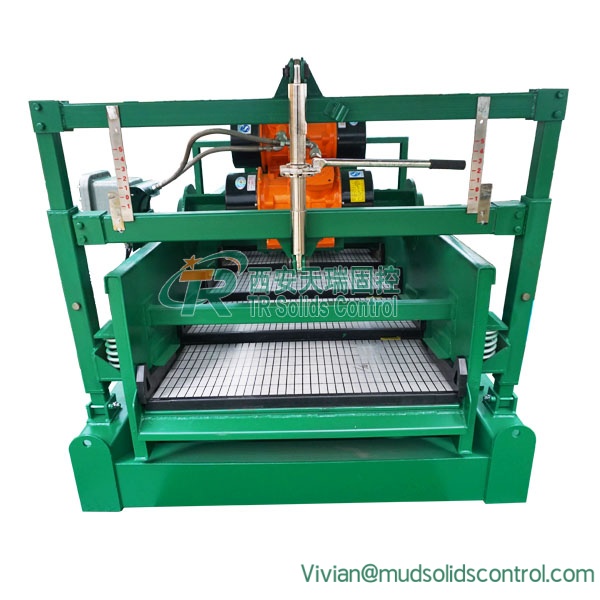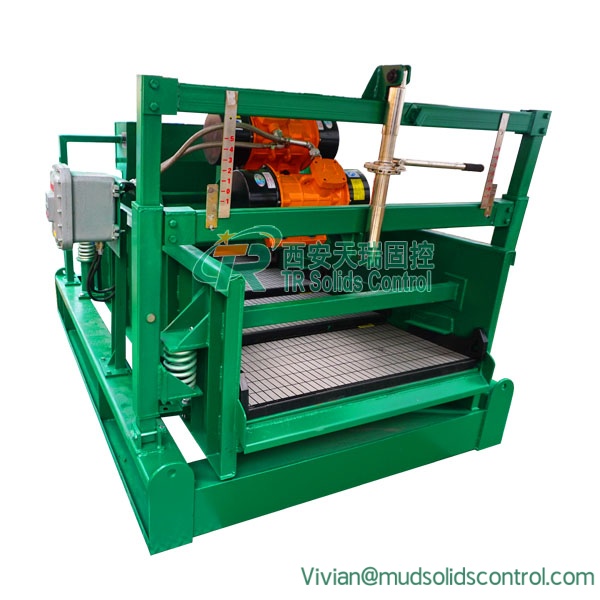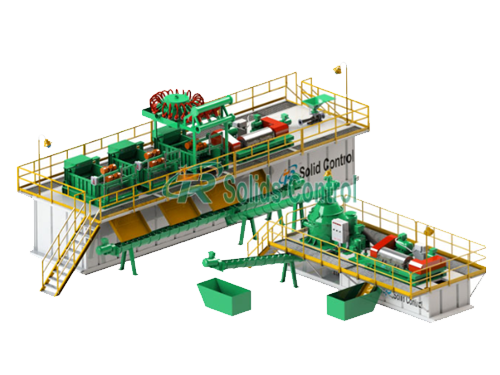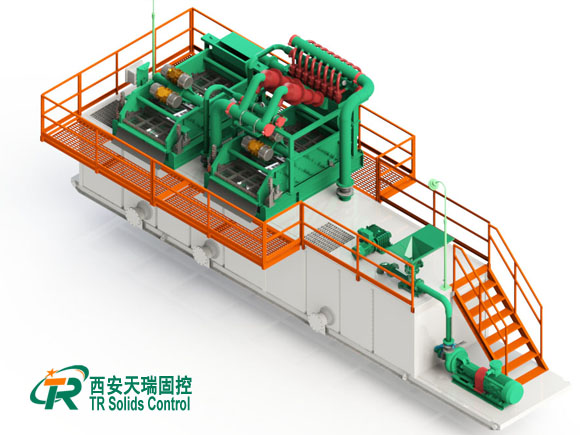Tag Archives: TR shale shaker maintenance
5 Common Shale Shaker Problems and How to Fix Them
Efficient solids control starts with a properly working shale shaker, the first line of defense in any drilling operation. However, even the best shale shakers can experience mechanical or operational issues that reduce performance. Understanding common shale shaker problems—and knowing how to fix them—helps ensure smooth drilling operations, optimal mud recovery, and reduced downtime.
1. Screen Blinding or Clogging
Problem: Drilling cuttings or sticky solids block the mesh openings, preventing proper fluid flow.
Solution:
Use appropriate shaker screen mesh sizes for the drilling fluid.
Clean or replace screens regularly.
Apply screen cleaners or pretensioned composite screens to minimize clogging.
2. Excessive Vibration or Imbalance
Problem: Uneven vibration leads to noise, screen damage, and poor solids separation.
Solution:
Check and tighten all bolts and fasteners.
Inspect the vibration motors for misalignment or worn bearings.
Ensure the shaker deck is level and balanced.
3. Mud Leakage Around Screens
Problem: Drilling mud escapes around the screen edges instead of passing through the mesh.
Solution:
Replace worn rubber sealing strips or gaskets.
Verify the screen tensioning device and tensioning assembly are properly adjusted.
Inspect deck surfaces for damage or corrosion.
4. Short Screen Life
Problem: Screens tear or wear out quickly, increasing maintenance costs.
Solution:
Use quality shaker screens made of stainless steel or composite materials.
Avoid overtightening the tensioning system.
Check for uneven deck vibration or improper installation.
5. Poor Solids Separation Efficiency
Problem: Too much solid material remains in the drilling fluid, reducing mud quality.
Solution:
Adjust the deck angle for better solids conveyance.
Check that screens are properly tensioned and aligned.
Maintain a consistent G-force for stable operation.
Conclusion
Most shale shaker problems can be avoided through regular inspection, proper maintenance, and the use of high-quality parts such as shaker screens, tensioning devices, and rubber strips. By addressing issues early, operators can improve solids control efficiency, extend equipment lifespan, and keep drilling operations running smoothly.







